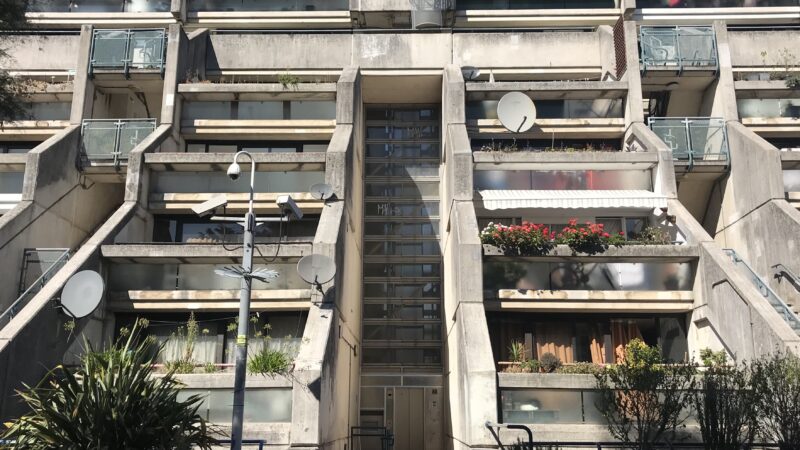
Scratching around for a ‘red-meat’ policy to salvage his premiership, Boris Johnson has revived the idea of extending Right to Buy to housing association tenants. Proposed by the coalition government in 2012 – before being swiftly scrapped after housing associations in a voluntary pilot of the policy complained (unsurprisingly) that nowhere near the number of homes sold were being replaced – the idea is nothing new. Why should we be concerned? Because, should it come to pass, the well-documented failure of the scheme in relation to council homes will play out in the housing stock owned by charitable organisations providing homes for those most in need.
In his speech, Johnson promised “one-for-one” replacement, that each housing association home sold would be matched by a new social home built. But a quick review of the evidence suggests that this never has been and never will be the case. Since Margaret Thatcher first introduced Right to Buy 42 years ago – allowing council tenants to purchase the local-authority-owned stock at a discount – 1,992,799 properties have passed into private hands. Yet, according to housing charity Shelter, just 5% of those homes have been replaced. David Cameron promised one-for-one replacement in 2012. But 29,000 social homes were sold or demolished last year, with fewer than 7,000 built.
Since the 1980s, average property prices have risen from £23,500 to £278,436 as of March this year – meaning that the generation who began buying their houses when the policy was introduced received a massive financial windfall from the government, by way of the discount when purchasing the property, that accrued as prices rocketed. Right to Buy privatises community-held assets, taking low-rent homes out of play while benefiting relatively few, especially when considered over the long term. What’s more – given the huge inflation in housing prices, those able to take advantage of any Right to Buy scheme now are already those with a significant degree of financial backing. The discount available is £116,200 in London while the average house price in the capital is in excess of 500,000, for example.
And this is not just a transfer of publicly held assets – that could be put to use housing multiple families over the years – into private ownership. The evidence shows that a hefty chunk of the homes sold do not stay in the hands of owner occupiers. Instead, the Chartered Institute of Housing found earlier this year that 40% of council-owned accommodation sold through Right to Buy have ended up being rented out by landlords in the private-rented sector. In short, homes built to fulfil a (much-needed) community function are sold at a discount before being put to work for commercial gain – while the people who need a genuinely affordable home are forking over increasing sums as private rents continue to rise.
There are 1.4 million fewer social homes in England than there were in the 1980s. There are more than 1.1 million households on waiting lists for such housing and the number of people in temporary accommodation has more than doubled in the past decade. People need genuinely affordable places to live. That should be the focus of any government. Instead, Johnson has revived the spectre of Thatcher to shore up support from his backbenchers by suggesting his government take another bite out of our depleted social housing stock.
Sign up to LabourList’s morning email for everything Labour, every weekday morning.



More from LabourList
‘It was the best of times, it was the worst of times… my first four months as Editor’
‘Labour have a credible path to ending Britain’s dependence on food banks and have taken the first steps along it’
‘Ending homelessness must be Labour’s moral mission — and this time we must finish the job’